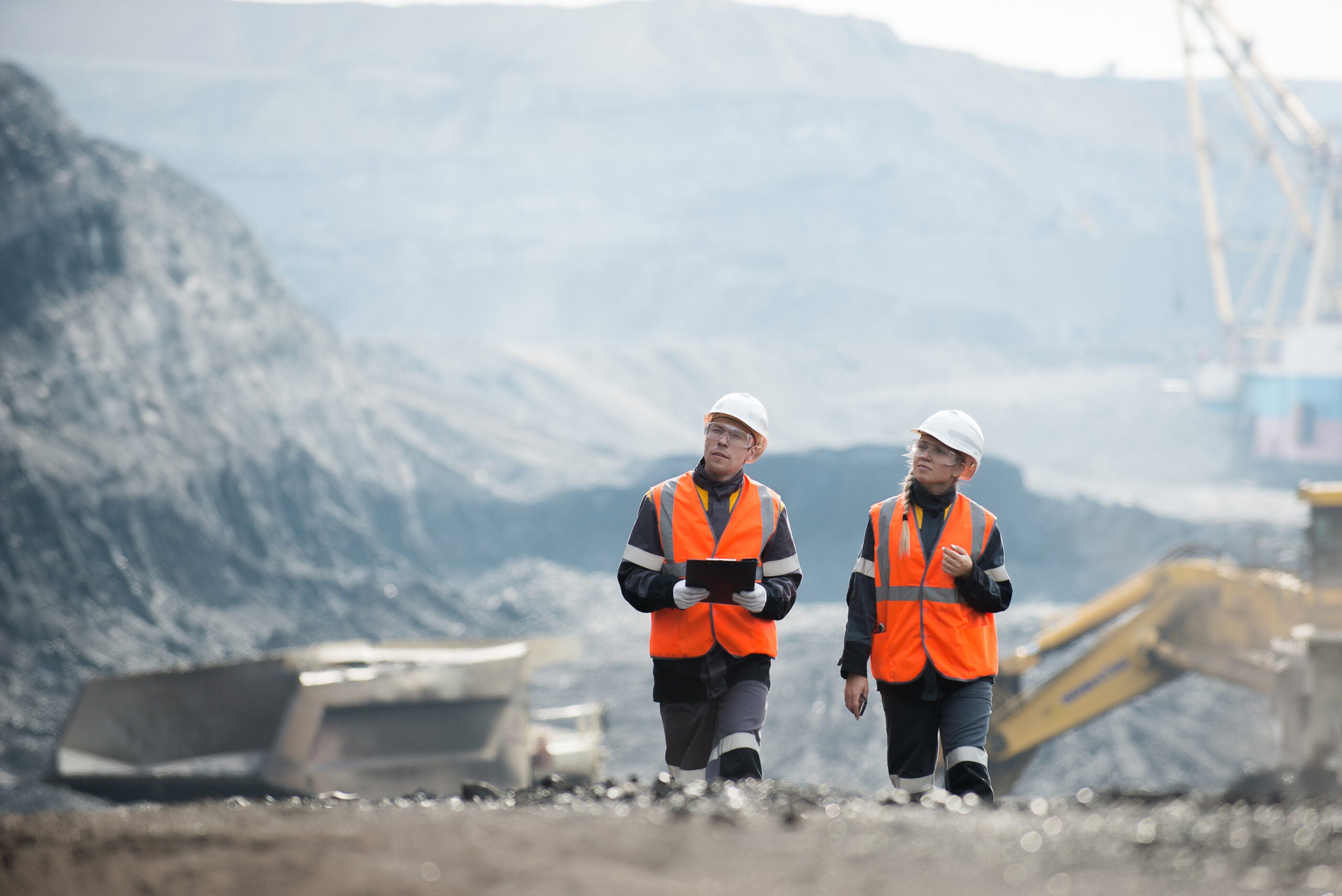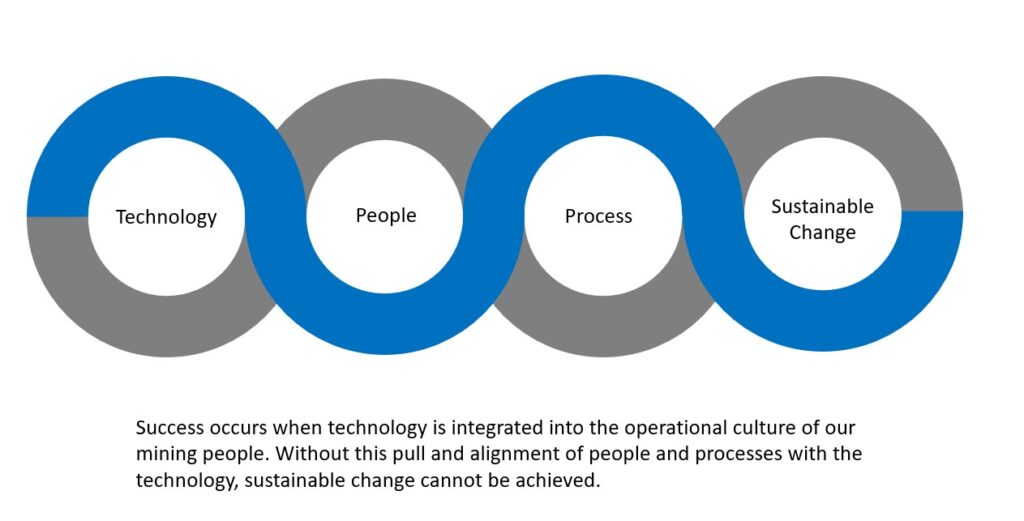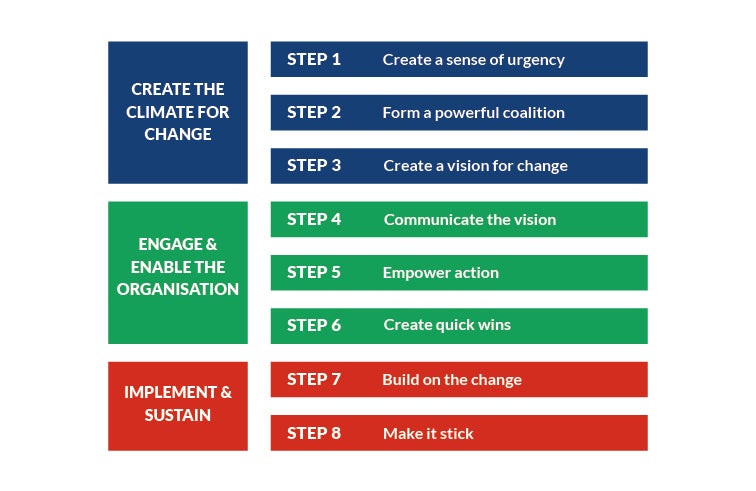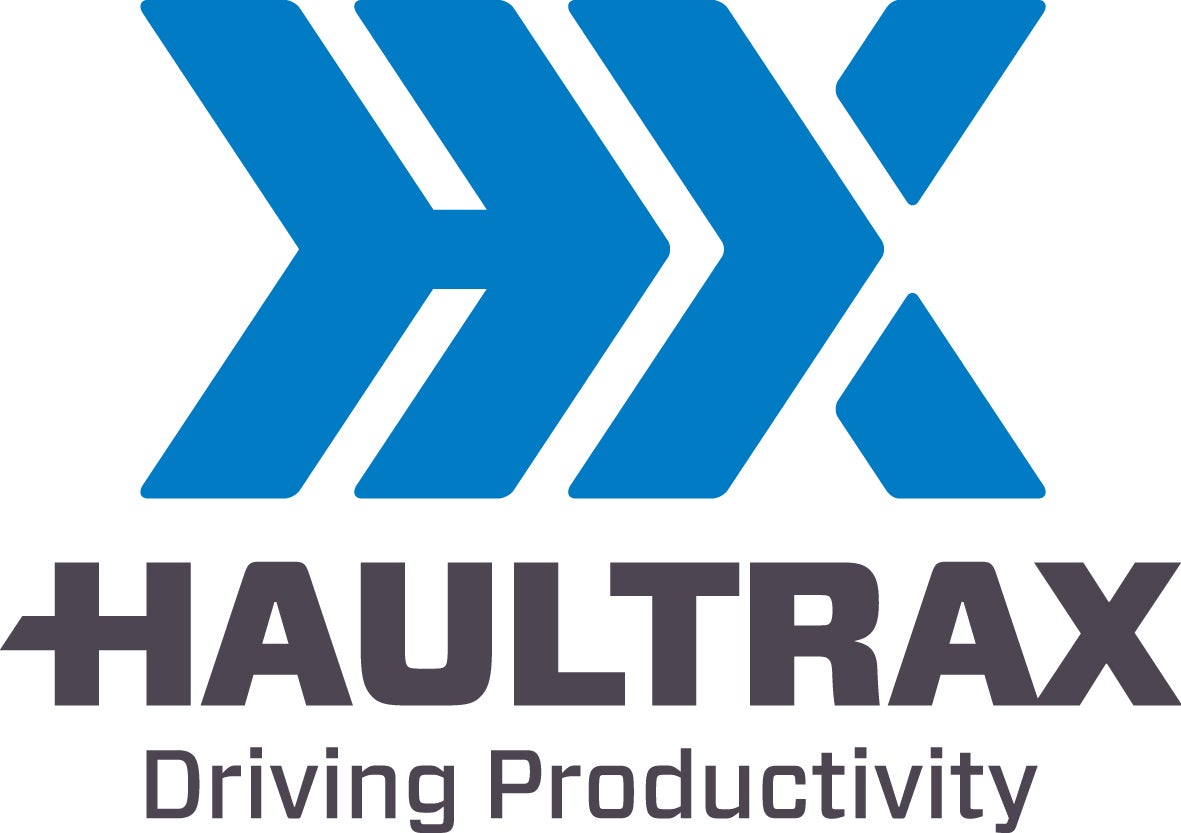
Set against an operating environment of buoyant commodity prices and a competitive labour market, mining operators are increasingly turning to productivity and technology opportunities to meet production targets and overcome related challenges.
Companies in the sector and those that lead them are focused on finding and delivering on those opportunities. But executing them with the energy and commitment required may be made challenging by the daily demands of safety, running the mine, and managing their employees’ needs.
An area where this organisational oversight most frequently occurs is individual worker performance.
“Naturally, mine operators have a focus on people and culture, but they are limited by their time, capacity and, in some cases, experience to effectively translate that into a high performance and high care environment,” explains Shyamal Sharma, managing director of the mining consultancy firm Haultrax.
“This, combined with the operational and safety pressures that come with ‘business as usual’, can make it challenging to focus on people and culture when making changes to processes and implementing new technologies.”
Driving change across an organisation
Despite these constraints, companies can still reap the benefits of change by bringing in change experts who are free from the mindset of ‘how things have always been done.’
Armed with this outside perspective, change experts are able to take a clear-eyed and objective assessment on just how well an organisation is operating and what changes can be made to achieve more optimal performance.
While there is no one size fits all approach to this, every successful change management program will begin with a thorough examination of current operations upon which a detailed plan of improvement will be designed.
At Haultrax, this initial stage of the process begins with clearly defining what the change management strategy will be while also pulling together the dedicated team that will lead its implementation through to success. This includes understanding what will change and why, and critically, what the current and future roadblocks to implementing that change will be.
Once these factors have been identified and agreed upon with the senior leadership team, the rationale behind them and benefits that will be delivered to the company are then clearly communicated across all those involved.
“We do this progressively through all levels of the business,” explains Shyamal. “From the front line to the general manager, we ensure that all are aware of the goal we are trying to achieve, the vision we have and what part they have to play in enabling us all to make it a reality.”

Overcoming objections by illustrating the overall goal
By identifying areas where these and other productivity gains can be made, the potential benefits and cost savings are used to drive engagement among those on the operational team so that they understand clearly how they can play a key role in delivering the improvement. This in turn drives greater momentum for the change management program.
“The implementation of these ideas and improvements provides visible day-to-day productivity gains which show that things are moving forward and getting closer to the achievement of that end goal,” says Shyamal.
This process of positive reinforcement is of course not always a universal success. For organisations both big and small, there will always be some who are resistant to change or unable to see how their contribution could be improved.
When such issues arise, it is of critical importance that the project team take on any constructive feedback but do not let negativity stand in the way of the goal.
“You will always have people who are negative,” explains Shyamal. “The challenge is seeing if the elements raised have substance and to respond in a way so that they can see your point of view.”
One way in which Haultrax has been able to counter skepticism to its change programs is by ensuring that the initiatives provide significant benefits to the individuals as well as the wider organisation.
An example of this is the way in which its FleetOps application provides site supervisors with easily accessible and on-demand data of operations to reduce the administrative burden placed on them. This is part of a wider strategy at Haultrax, which launched its HX Digital services as a means of empowering workers, reducing stress levels, and improving mental health in miners.

Creating a consensus by proving the gains that can be made
A critical component in enabling this culture of success and efficiency is to ensure that those at the top of an organisation take on a leading role in driving the changes that must be made.
“This needs to be detailed to the management and leadership team at a general manager level; you will need to point out what can be achieved and what won’t be achieved without changes to culture,” says Shyamal.
To supplement this communication from the senior leadership team, new ways of working to boost productivity are also incorporated into the training and readiness programs for new and existing staff. These key messages are then followed up through daily and weekly meetings and on a one-to-one basis through conversations on-site or during lunch breaks.
Through this regular interaction with those on the operational front line, the change management team is also able to provide regular updates on the progress being made and any productivity gains that have already been made by breaking down the overall project into smaller parts.
“We structure the overall change initiative with smaller goals, milestones and initiatives that we track on a daily and weekly basis,” explains Shyamal.
“From such engagement and regular touch points, the team sees that there are motivated people on the project that care, and they then want to assist in the journey towards positive change.”
To find out more about successfully managing operational change, download the whitepaper.


